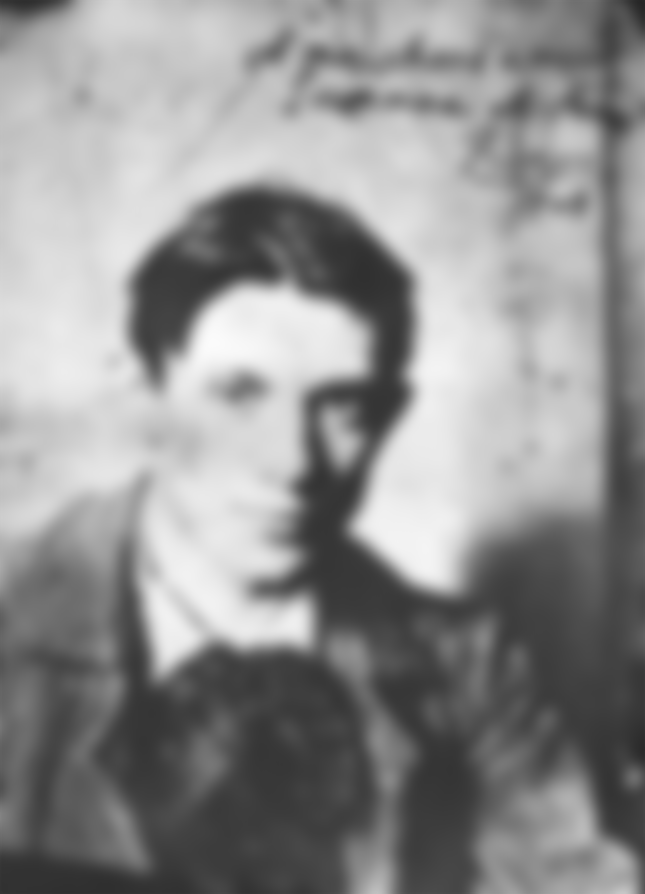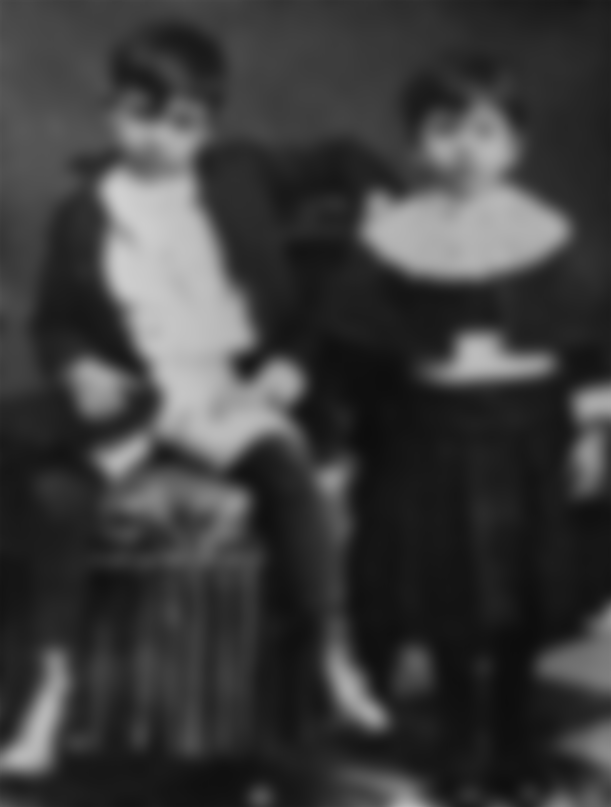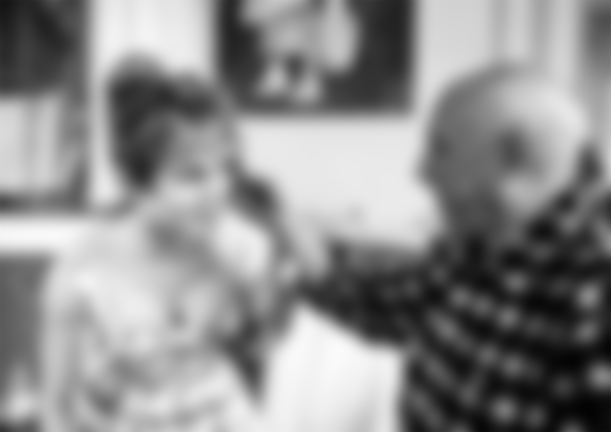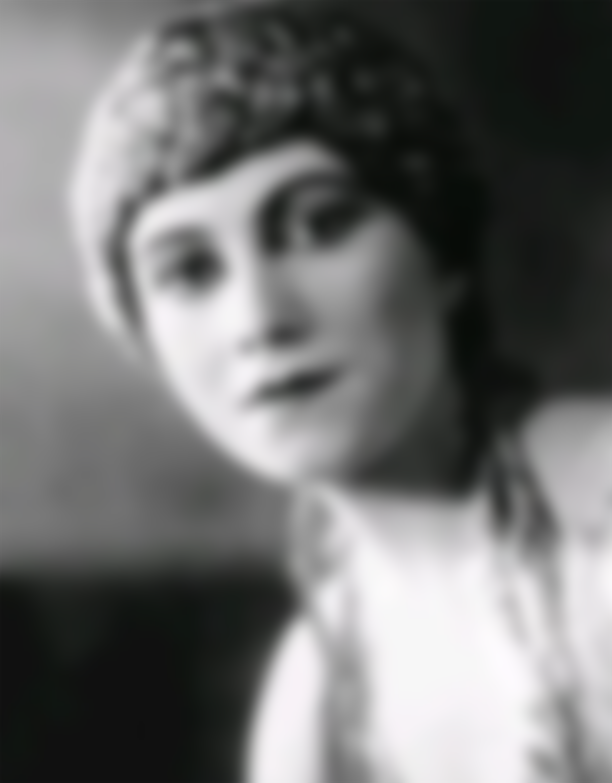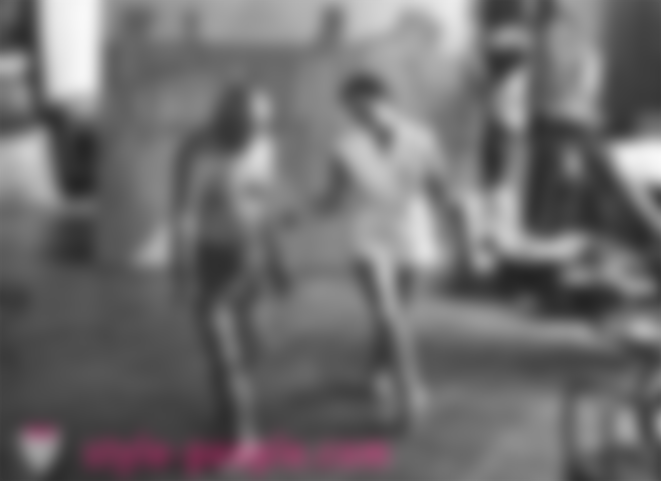135 years ago in Malaga, Spain, a small and weak baby was born to the Picasso family. The boy was so tiny that the midwife who gave birth to him was convinced he was born dead. She placed the small body on the table, and the boy's uncle walked thoughtfully around it with a large cigar in his mouth. At one point, thick smoke billowed into the boy's face, and the baby's face made a grimace of displeasure. It was then that everyone realized that the little one was not dead, and so on October 25, 1881, the life of one of the greatest artists of all time, Pablo Picasso, began.
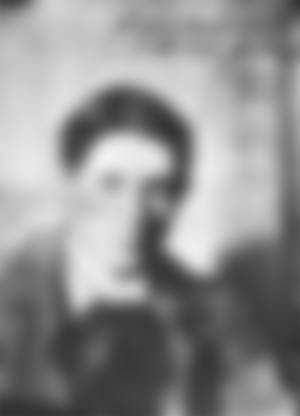
The full name of this artistic great actually has 23 words - Pablo Diego Jose Francisco de Paula Juan Nepomuceno Maria de los Remedios Cipriano de la Santisima Trinidad Martyr Patricio Clito ruiz y Picasso. He received it at baptism, and it is a combination of the names of relatives and saints. The boy Pablo from the earliest days showed that he would be a talent for art. He started drawing even before he talked about how it belongs, and the first word he uttered was “piz,” short for “lapiz,” which means pencil. He painted his first painting, Le Picador, when he was only nine years old, and he learned all about art from his father, who was also an artist and an art professor.

Picasso with his sister Lola in 1889.
But apart from his fascinating artistic opus, Picasso as a person was known for his rather awkward character, especially when it came to women and their relationship with them. In general, he was impudent and selfish, and so he treated the people around him. He adored Cezanne and carried a gun filled with blanks with him. He would shoot without pardon at people who were hard and boring to him, or at those who insulted Cezanne in any way.

He was great friends with another painting great, Marco Chagall, and when the Mona Lisa from the Louvre was stolen in 1911, Picasso was questioned as one of the suspects. It all started when Pablo’s friend, poet Guillame Apollinaire, told police the painter had something to do with the theft. In the end, both were acquitted.

Picasso with French actress Brigitte Bardot
Picasso was a very promiscuous man who had hundreds of mistresses throughout his life. But the fact that, out of six important women in his life, two killed themselves and two completely lost their minds speaks volumes about how "lucky" it was to live with a painter. He married twice and had four children with three wives. He had two basic criteria for his mistresses - that they were submissive and obedient and that they were shorter than him, who was only 163 centimeters tall. He is said to have given the women who caught his eye a figurine of a little man with a huge phallus, which was a sign that he wanted to go to bed with them. He often did it without pardon in front of his lawful wives. Allegedly, on one occasion, one of his mistresses told him: "You can be an extraordinary artist, but you are morally completely worthless."
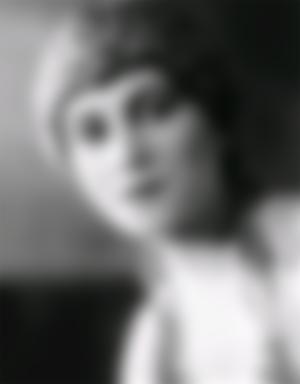
All his relationships were turbulent and mostly painful for the women who lived with him. He had his first long relationship with Fernande Olivier. They were together for seven years and she was his muse, but in the end he left her penniless and without any rights to his deeds. He married for the first time with ballerina Olga Khokhlova, and their son Paulo was born in 1921. The marriage was painful and full of setbacks, and after they broke up he refused to divorce her for years so as not to take away half of his wealth. But even after parting ways with the artist, her torment did not stop. He met the underage 17-year-old Marie-Therese Walter in 1927 and lived without a guilty conscience with his young mistress in an apartment that looked exactly at the apartment where his, still legal, wife Olga lived. The ballerina eventually died of cancer in 1955.

Picasso's second wife's name was Jacqueline Roque, and he married her when he was 79 years old. In just one year, he painted 70 portraits of her. It ended tragically - she shot herself in the head with a gun in 1979, six years after Pablo's death. Her suicide was preceded by another tragedy. After Pablo died in 1973, Jacqueline forbade Claude, one of his eight grandchildren, to come to his grandfather's funeral. He therefore drank a bottle of varicina and died after three months of agony. Sometime in the meantime, in 1977, Pablo's mistress Marie-Therese Walters tragically died. She hanged herself in the garage four years after his death.
Certainly the most famous Picasso's mistress in Croatia is Dora Maar, a young artist of Croatian origin who lived in the shadow of the artistic great for nine years. During this period she suffered from deep and severe depression, and after Picasso left her, she experienced a complete mental collapse. They say she then declared, "After Picasso, only God."

Picasso adored animals without hesitation. He had several pets - a mouse, a turtle, a monkey and a bunch of cats and dogs. He preferred to paint women than men because he associated sex with art. His political beliefs were left-wing, communist, and in 1944, shortly after the liberation of Paris, at the age of 62, he joined the French Communist Party. He reportedly once said, "I joined the family, and like any family, this one is full of shit."
When he died in France in 1973, Picasso was the richest artist in history. Of a truly vast opus, many consider his major work to be the famous 1937 Guernica, a monumental canvas depicting the horrors of war and violence in Spain and the symbolism of the entire human race tainted by madness and death. The inspiration for this work came from Picasso after German Luftwaffe planes bombed the old Basque town of Guernica. The painting is now housed in the Reina Sofia National Museum in Madrid. Picasso is also known as the founder of Cubism, and in addition to painting, he was also involved in sculpture, ceramics, scenography, poetry and dramaturgy.
